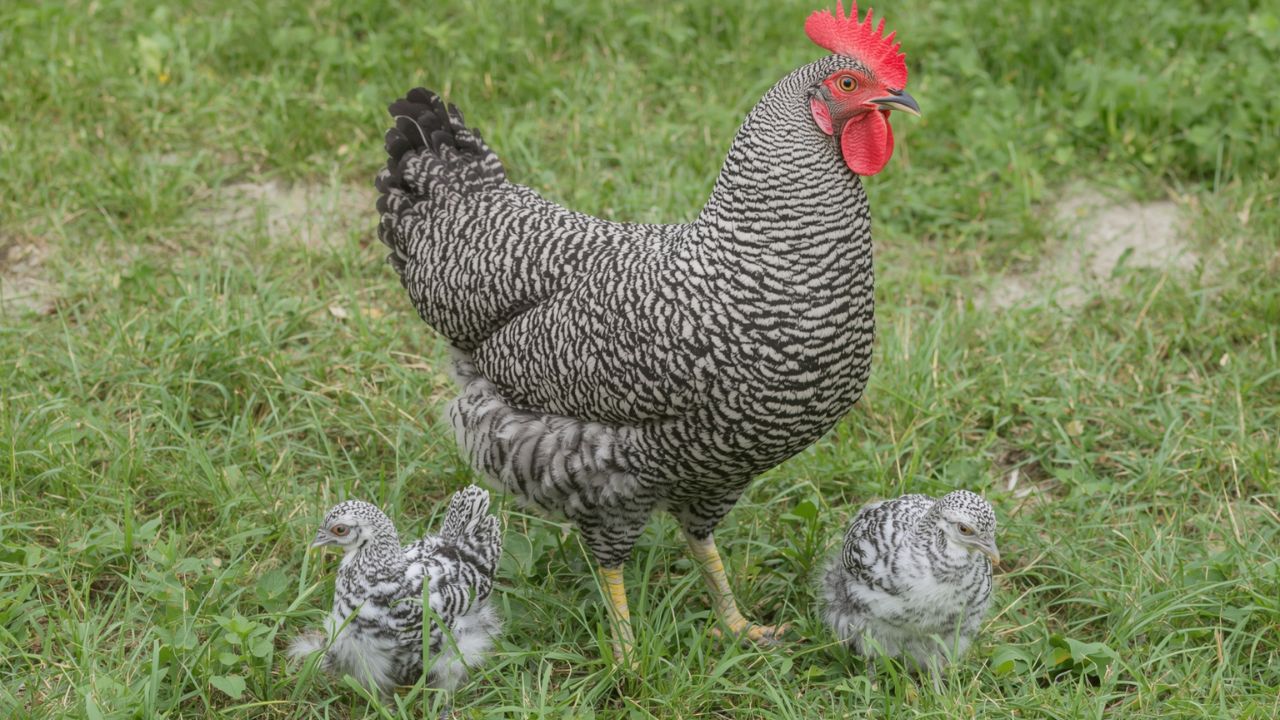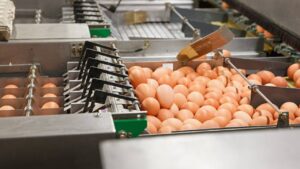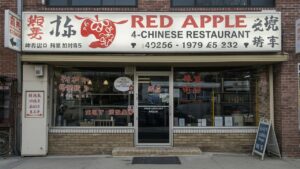Does it sound like it is in a universe far far away? Like any chicken breed? Talk Blue Star Chicken! This variety is the name of a special breed of chickens that would be in backyard poultry and small farms. The Blue Star Chicken is a hybrid masterpiece that produces eggs with a dependable output and meat that tastes great as compared to heritage breeds that have centuries behind their names. It is smart breeding science hitting nature. Blue Star Chicken is a well-trusted chicken which does not have to be taken care of like a museum exhibit. They are not bad sellers as they have a good mix of being practical as well as performing. Find out why this is a star that might be a perfect fit in your coop!
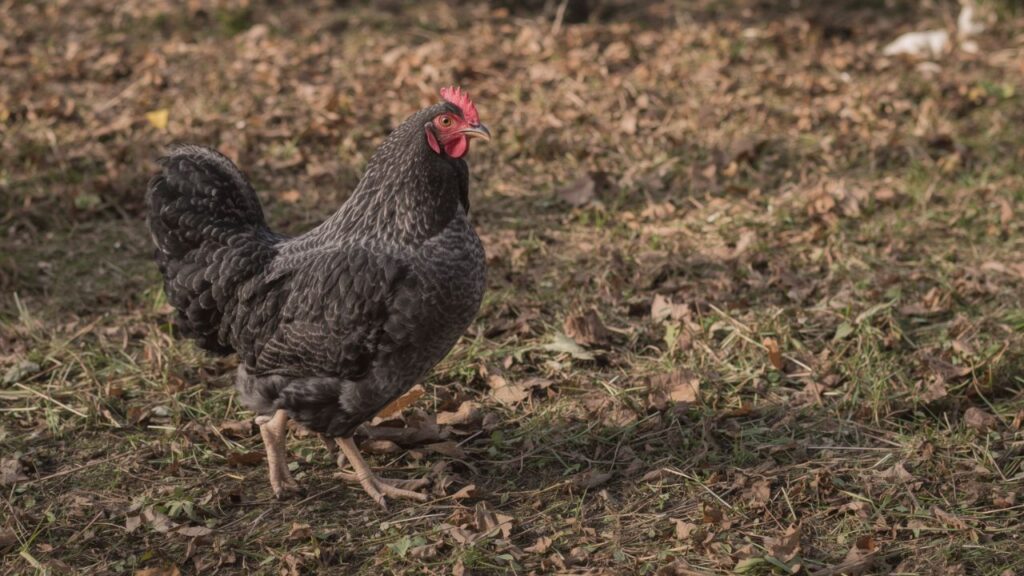
Where Did the Blue Star Chicken Come From?
The Blue Star Chicken is not found in ancient poultry records. It was created relatively recently, because of interest in a chicken with definite qualities. It is a hybrid chicken developed by the best poultry genetics companies such as Hubbard (now Aviagen) or others. They did not cross two random breeds but instead were selectively breeding to take the best of parent stock. A Rhode Island Red rooster and a Barred Plymouth Rock hen, (a good, hardy layer,) are often crossed. The product of this cross between the two breeds, the Blue Star Chicken, is healthier, more vigorous and quicker running, and it produces plenty of eggs as opposed to its parent breeds. Science assists backyard birdkeepers to obtain superior birds.
Recognizing Their Distinct Look
So how can you tell if your Blue Star Chicken is an original? They astonish everyone due to their hybrid genetics. The Blue Star sex-link is well known to most people. Hatching female chicks have a darker stripe at the back, which is in blueish-grey down. Later they grow soft grey (or blue-coloured) feathers barred with darker grey or black lacing as Blue Stars, thus appearing slate-coloured blue. Blue Star Roosters are a different view! They are outborn with slightly lighter or even yellowish down and grow to have mainly white feathers with black markings or dots in particular the tail and wings. There is an extreme gender disparity at hatch of the Blue Star Chicken and other sex-linked hybrids.
The Blue Star Chicken Temperament
Are Blue Star Chickens aggressive or friendly? Lucky you! They are called a good-natured lot. The Blue Star Hens are most female and become calm, docile, and easy to handle. These alert foragers are enjoyable enough to scratch at and explore their run without turning flighty or nervous. This qualifies them to be used in families and by people who want friends around them since they are bird individuals. Blue Star Roosters do not attack people and defend their flock. Even though personalities differ, Blue Star Chicken breed is known to be hardy, adaptable, and pleasant in the presence around the yard- a good characteristic of a productive bird.
The Blue Star Laying Powerhouse
This is going to fill a basket! The greatest claim to fame of the Blue Star Hen is that she lied. These hardworking women deliver high quality time and again. Brown eggs (280 320 eggs/year) were produced by a healthy Blue Star Chicken hen/mon. That equates to 5-6 eggs per hen per week being at their peak production (typically 20-24 weeks old and most of the second or third year). Strong shelled beautiful, rich brown eggs will lead to less cracks and breakages. The Blue Star Chicken was developed with the monstrous laying capability in mind and it is an ideal breed of chicken to favored individuals who insist on consuming home-scale eggs that are fresh.
Blue Star Chicken Meat Quality
Blue Star Chickens have a reputation of laying eggs but they also supply quality meat. They have efficient growth and hybrid genetics which enable them to have a well-muscled and fat carcass. He and spinning roosters are again table fowl when no longer wanted as layers. Blue Star Chicken flesh is succulent and tasty clipped at a proper age (younger with the roosters, older spent hens when stewing). They with their dual purpose to lay lots of big eggs in their prime laying years, and fill the freezer is gratifying. Blue Star Chickens are worth raising because they are multi-purpose.
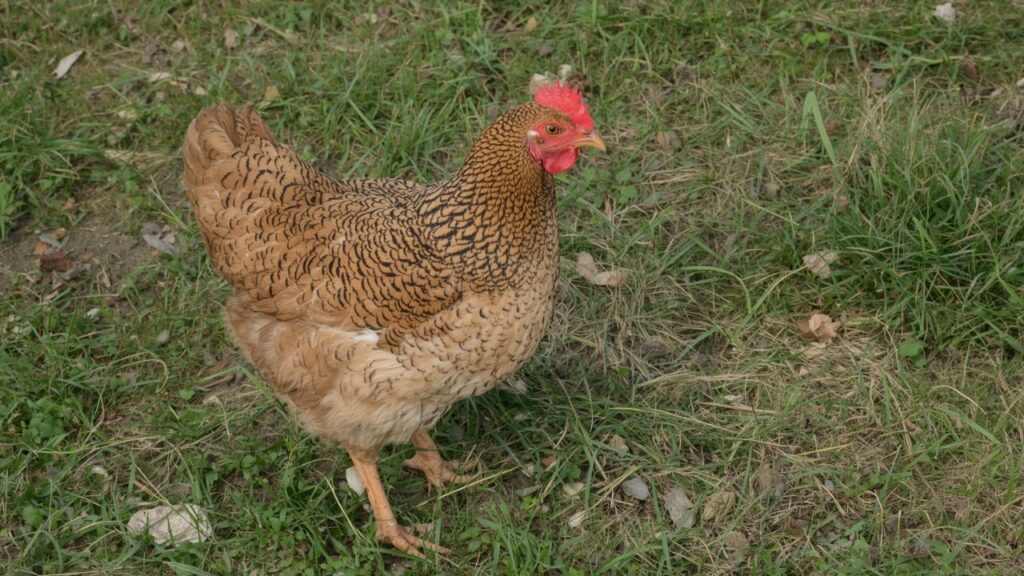
Caring for Your Blue Star Flock
Blue Star Chickens are vigorous and not prone to diseases because of hedging in the lines. They can endure heat and cold with simple protection and they are fairly hardy birds. However, hardy does not equal immunity. Like all chickens Blue Star Chickens should be cared for actively. In order to prevent respiratory problems, give a clean, dry coop with decent ventilation, supply fresh water at all times, and watch out frequently to check mites, lice, and worms. Your local immunization program is also required to help prevent poultry infections. The most effective means to maintain your Blue Star flock healthy is cleaning and observing.
Optimal Blue Star Chicken Nutrition
To have eggs and remain healthy, your Blue Star Chickens require a healthy diet. Begin with fine quality commercial layer food. A laying hen crumble or pellet contains the correct levels of protein (16-18%), calcium (necessary to produce strong eggshells), and other vitamins and minerals that they require in the diet on a daily basis. They forage exceptionally well and crave kitchen scraps (veggies, fruits, grains), however, it must only be used as treats; 10 percent of their diet, not more. An excess of such junk may upset their food intake. Gizzard grits should be used always. Nutrition plays a very important role in the laying and well being of Blue Star Hen flock.
Ideal Housing for Blue Star Chickens
The productivity and wellbeing of your Blue Star Chicken are risked by its home. They are not nit-picky but basic. Coops may be destroyed by raccoons, foxes and hawks, therefore need to be dry and well ventilated in order to prevent the build up of ammonia. Allow 3-4 square feet of coop space to each bird. Resting bars are essential in enabling favourable nighttime perching. They require a large run with the coop. Provide Blue Star Chickens with 8-10 square feet per bird in the run to scratch, peck and explore. They will become happier and healthier. Dust bathing is vital to the health of the feathers and the skin. Blue Stars are happy in a clean, airy place.
Understanding Blue Star Chicken Genetics
Important for potential breeders: Hybrid Blue Star Chickens. Thus, they do not “breed true.” Your Blue Star Hen and Blue Star Rooster will produce genetically mixed chicks. They won’t resemble their parents. They may have different colours, patterns, and productivity levels, resembling the parent breeds like Barred Rocks and Rhode Island Reds. Return to the hatchery or breeder that supplied the parent stock cross to get more Blue Star Chickens with predictable sex-linked colouring and high performance. Hybrid magic is nearly impossible to replicate at home.
Potential Downsides of Blue Star Chickens
The Blue Star Chicken is excellent yet it needs its disadvantages. The largest is the enormous amount of eggs produced and which may also overstrain their bodies. Blue Star Hens, similar to many high production hybrid layers, experience egg binding and ovarian cysts and cancers. With a more limited productive lifetime (2-3 peak years, as opposed to more heritage type breeds), they get fewer overall years of life out of every single hereditary copy. Hybrids will not breed reliably as discussed above so you will have to purchase fresh chicks or pullets every now and then. Lastly, they are relatively docile but quite active during foraging, so should the opportunity crop up they are good at digging over garden beds!
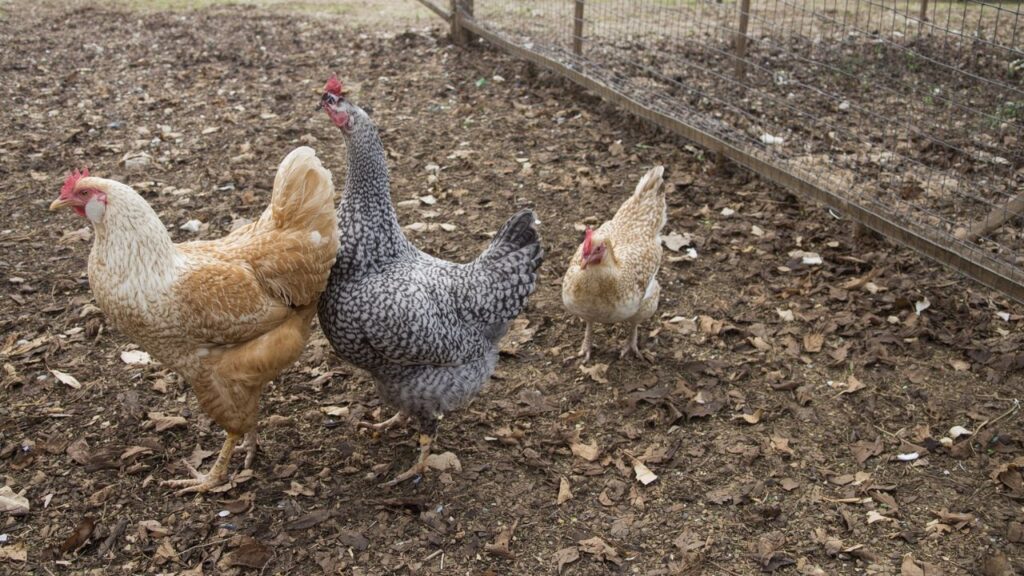
Why Choose Blue Star?
What makes the Blue Star Chicken better than other breeds? The advantages are compelling for practical flock owners. Unbeatable egg production first. The Blue Star Hen consistently produces large, beautiful brown eggs. Hardiness follows. They are stronger and disease-resistant than many pure breeds due to their hybrid vigour. Third: temperament. Families and beginners can handle them because they’re calm and friendly. Dual-use potential. They have good eggs and meat. Fifth, efficiency. They convert feed into eggs and meat well. The Blue Star Chicken is ideal in the homesteads and backyards because they are reliable and productive and easy to maintain.
Blue Star Chicken: Key Differences & Highlights at a Glance
| Feature | Blue Star Hens 🐔 | Blue Star Roosters 🐓 | Key Takeaway ✨ |
| Appearance | Soft gray (“blue”) feathers with dark barring | Mostly white with black flecks/barring | Easy sexing at hatch: Hens = gray down, Roos = lighter/yellow down. |
| Egg Laying | Superstars! 280-320 large brown eggs/year | Do not lay eggs | Prime reason to keep hens: Exceptional, reliable production for home flocks. |
| Temperament | Calm, docile, great foragers | Generally manageable, protective | Family-friendly: Both genders known for easy-going nature, low aggression. |
| Primary Use | Egg production & meat (after laying years) | Meat production & flock protection | True dual-purpose: Hens = eggs first, Roos = meat. Both contribute to table. |
| Lifespan (Peak) | 2-3 years of high egg production | Longer lifespan (not limited by laying) | Hens work hard: Expect shorter peak productivity due to intense laying. |
| Breeding | Can lay fertile eggs | Can fertilize eggs | Hybrid Reality: Chicks won’t be true Blue Stars. Buy new chicks yearly. |
| Sound Level | Occasional clucking/egg songs | Crows (volume varies) | Roosters = Noise: Check local ordinances if keeping roosters is allowed. |
Conclusion
Does the Blue Star Chicken match its name in the heavens? Absolutely! It is a hybrid powerhouse with the most likable breed characteristics in terms of ideal practical poultry keeping; strong egg-laying, meat potential, health and personality. They have lots of advantages even though they are not able to reproduce and lay so actively that this process can end before they reach their prime years. Want a constant output of fresh brown eggs of hardy, easy-going birds? The Blue Star Chicken is the bird to crop you baby! They are very good in the production of poultry giving value and performance to the small farmers and back yard enthusiasts. No wonder you should have some of these feathered stars at your coop–they will do you proud.
FAQs
1. How many eggs do Blue Star Chickens lay?
Blue Star Hens lay super eggs! Expect 280–320 large, beautiful brown eggs per year from each hen. They produce 5-6 eggs per week at their peak.
2. Are Blue Star Chickens good for cold climates?
They’re usually hardy! If they have a dry, draft-free coop with shelter, Blue Stars can survive cold weather due to their hybrid vigour.
3. Can I breed my own Blue Star Chickens?
No, unfortunately. The hybrid Blue Stars don’t breed true. Blue Star hen and rooster chicks won’t live up to their parents. You must buy hatchery chicks.
4. What’s the difference between Blue Star hens and roosters?
Their differences are clear! Hens have soft grey (“blue”) feathers with darker barring. A white rooster has black barring on its tail and wings. Hatching shows this difference.
5. Do Blue Star Chickens live a long time?
While hardy, their prolific egg production can be taxing. Some heritage breeds lay for longer than 2-3 years. Pets may live longer, but their egg-laying phase is limited.

